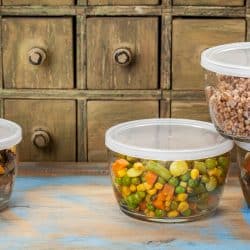Sugar, the chameleon of a kitchen pantry, mixes well in recipes and attracts children and insects of all ages and types. How to keep sugar in its best form and function while combatting humidity, insects, and spillage takes a little planning and implementation above the bag or box that it comes home in from the grocer. We have researched the best containers for sugar, both white and brown, to keep it fresh for the best baking results in your kitchen.
Some of the best container solutions for sugar include glass or plastic containers or bags such as Mylar or Ziploc. No matter the choice of container, the sugar must be kept in a cool, dry, and airtight place.
Considered an integral ingredient in many recipes, sugar serves as a staple in many kitchens. How to keep it fresh and contained while protecting it from all of the things that it attracts can prove challenging. Keep reading for additional information on which storage solutions serve the optimal conditions, dependent on your geographic location and environmental factors that impact the choice you make.
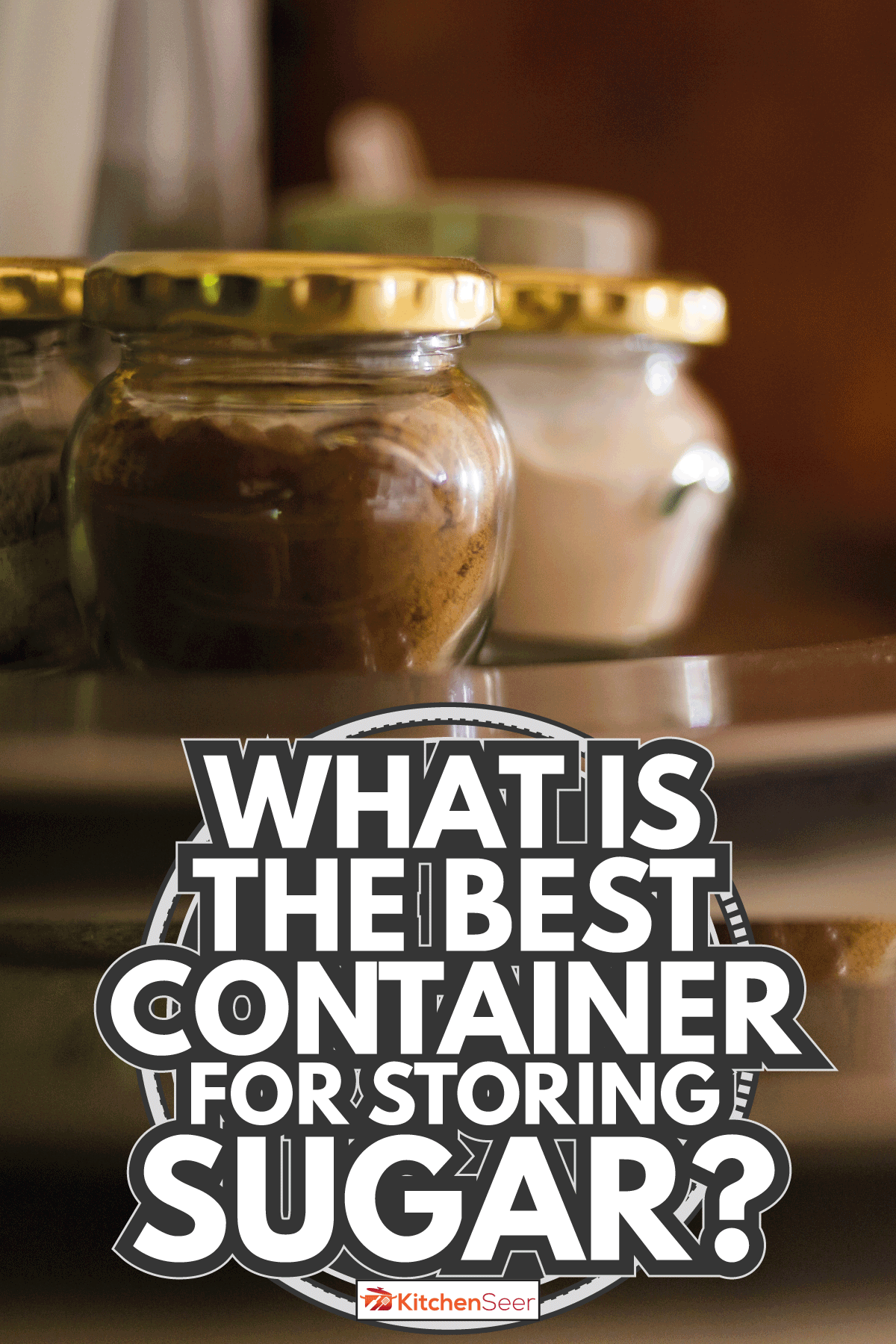
Keep It Cool
Pantry food shelf life helps any cook keep ingredients on hand for the last-minute meeting, party, or to sustain late-night cravings. Either way, supplies and ingredients kept on hand meet the demands of a busy life. Click here to read more ways to use sugar as an accent in entertaining.
If stored improperly, pantry ingredients can become stale, dense, lumpy, or bug-infested. These are just a few reasons optimal packing and storing techniques help. When it comes to sugar, regardless of the container, keeping it cool is a must.
Click here to see airtight containers at Amazon.
Sugar reacts to the moisture in the air. That interaction causes granulated white sugar to become lumpy and hard. This solid mass makes it impossible to use properly in a recipe for blending, mixing, or creaming.
Brown sugar, likewise, has a certain amount of moisture as a component of its make-up. Therefore, losing moisture is counter-productive to glazing, creaming, and blending with it as well.
Keeping sugar in a spot that keeps the temperature regulation steady and cool prevents water from condensing on sugar. If the temperature is steady, the moisture level will not increase or decrease, and excess water cannot accumulate. This condensation would lock white sugar granules together and turn sugar into a brick-like, completely unusable ingredient.
What is a good container to keep brown sugar in?
A good container to keep brown sugar is impervious to moisture fluctuation from the outside environment. Brown sugar already has moisture in its make-up.
Therefore, when brown sugar becomes hardened, it's actually because it has lost its moisture content. So, keeping it cool keeps moisture from evaporating from the sugar particles and making them a hardened brick-like unusable substance.
Brown sugar can be kept in plastic or glass containers that wipe out easily and seal tightly. Either of these storage solutions offers strong defense systems as long as it is not thin enough to allow permeation of excess moisture.
The container also needs to be free of any tears or breaks. Whatever the composition of the container, make sure it is rust-proof. Because brown sugar has a moisture content, metal will interact with moisture, rusting the container.
There are tricks to re-introducing moisture to brown sugar. This can include the most well-known use of incorporating a piece of bread in the brown sugar, but even a marshmallow will do.
Kitchen supply stores sell terra cotta, brown sugar savers. Including a moisture absorber, brown sugar, once opened, has an expected shelf life of six months.
Click here to see brown sugar bears at Amazon.
Is it better to store sugar in glass or plastic?
Storage solutions are plentiful when it comes to this sweetener. Sugar stored in plastics is lighter weight and easier to handle. If using a type of Mylar bag, it can take the space of an area rather than rigid plastic or glass that requires a certain amount of space to fit.
Using glass containers means having a designated area void of the possibility of it falling or slipping off a counter and breaking. Click here to read more about how to organize glass food storage containers.
Click here to see glass container storage at Amazon.
If the storage container does not allow for measuring cups, a mess often ensues, and sugar can be painful to try and clean up. Therefore, consider glass containers with a wide mouth to ease the transfer to/from the container when needed.
Sometimes jars and containers are made more for aesthetics than for the food. Beware of these storage devices that have a plug or nesting of a top piece into a bottom. While it may be perfect for decorating purposes, it does not provide the seal sugar needs to stay fresh.
Keep It Dry
Keeping sugar dry may seem obvious, but all too often, storage containers develop a tear, puncture, or break that allows unforeseen elements into pantry staples. Kept dry, granulated sugar can last for up to a year.
Sugar will also take on the smells of its environment. So, a dry and cool environment gives sugar a chance at staying fresh and functional for the optimum amount of time.
What is the best way to store sugar long-term?
The recommended way to store sugar depends on the type. Granulated sugar stores best in containers with a strong seal. Granulated sugar should not be introduced to temperature changes and should not be stored in the refrigerator. With a strong sealing container or bag, freeze granulated sugar to increase shelf life.
Brown sugar is best stored in a sealed container in a cool, dry place. The moisture in brown sugar will interact with any type of metal, so Mason jars, although popular, are not a good solution for this ingredient. You can also freeze brown sugar in an appropriate container.
Confectioner's sugar, likewise, lasts the longest in an airtight container in a cool location. Confectioner's sugar, like other types, can take on odors of the surrounding sources. Therefore, it is not recommended to keep confectioner's sugar in the refrigerator.
This sugar, unlike its counterparts, should not be stored in the freezer. If frozen, lumps can form while thawing, making this small particle sugar difficult to work with.
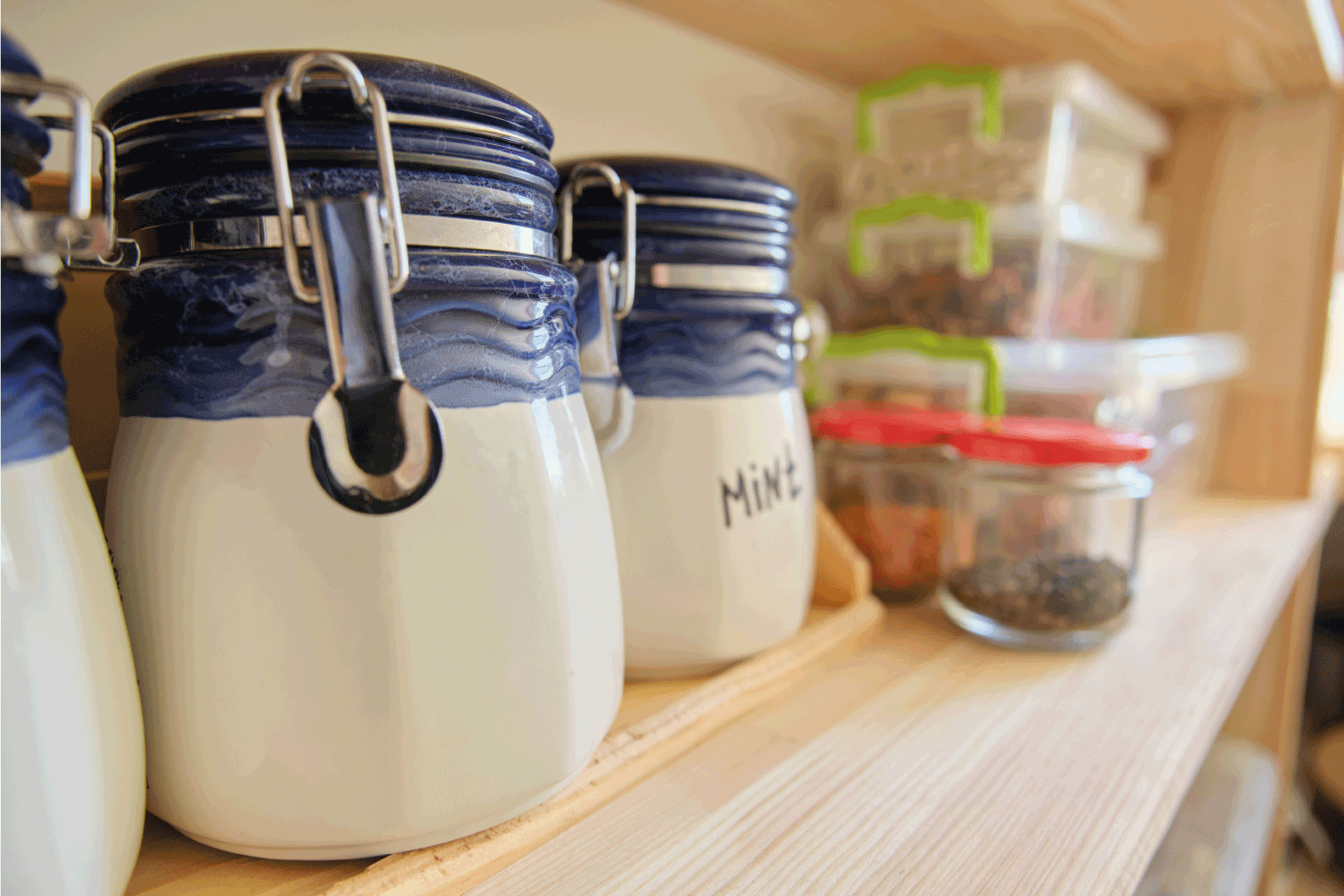
Keep It Airtight
Good seals are important. Tupperware provides a seal known for its durability and capability to create an impenetrable barrier between the air outside the container and the substance inside the container.
Many other containers made of plastic and glass proffer a well-made seal that is crucial for all sugars; granulated, brown, and confectioner's. Plastic and glass clean easily, and ceramics offer many decorative pieces, but the seal has to be carefully considered before use.
Click here to see Tupperware at Amazon.
How long does sugar last in an airtight container?
In an airtight container, granulated sugar may have a shelf life of a year. Brown sugar, once opened, should be used within six months. Confectioner's sugar has the longest shelf life of up to two years.
How do you store sugar in Mylar bags?
Mylar bags used for outside adventures or preservation of kitchen essentials like spices and herbs can also store sugar. You can even freeze sugar in Mylar bags. When using Mylar bags to store sugar, always make sure excess air is removed from the bag before sealing.
Click here to see Mylar Bags at Amazon.
Can I store sugar in a Mason jar?
Granulated or confectioner's sugars can be stored in a Mason jar. However, because of brown sugar's moisture content, storing it in Mason jars encourages rust. Always store Mason jars in a cool, dry location with enough strength to support the weight of multiple jars.
Click here to see Mason jars at Amazon.
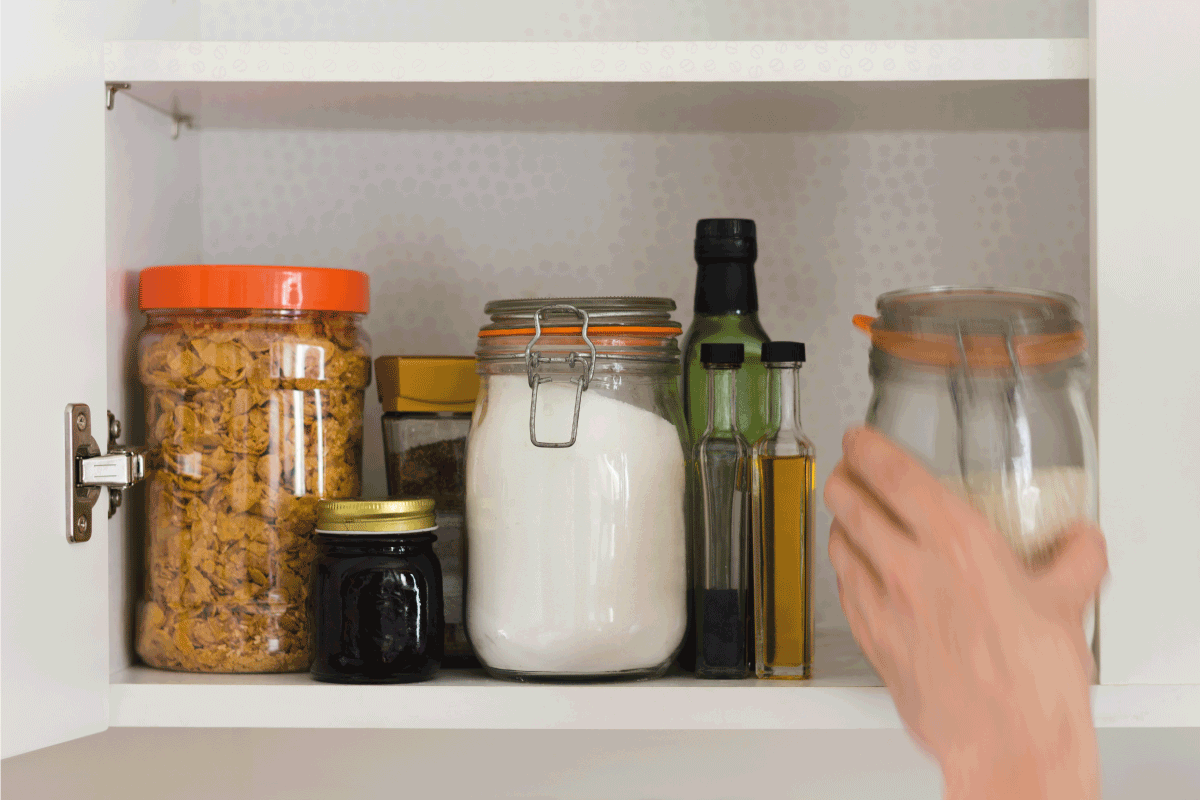
Final Sweet Thoughts
There is no one way or wrong way to store sugar. Many products are on the market to help fit consumer's individual and unique needs and preferences.
Avoid the refrigerator, consider freezing large brown or granulated sugar batches, and always know that if something goes awry, there are tricks and tips to help revoke or reintroduce moisture into this pantry staple.







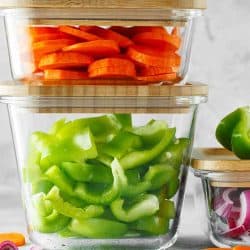
![A glass jar with flour inside it properly arranged on a divider, What Is The Best Container To Store Flour? [7 Suggestions]](https://kitchenseer.com/wp-content/uploads/2020/07/Glass-jar-with-flour-inside-it-properly-arranged-on-a-divider-250x250.jpg)


